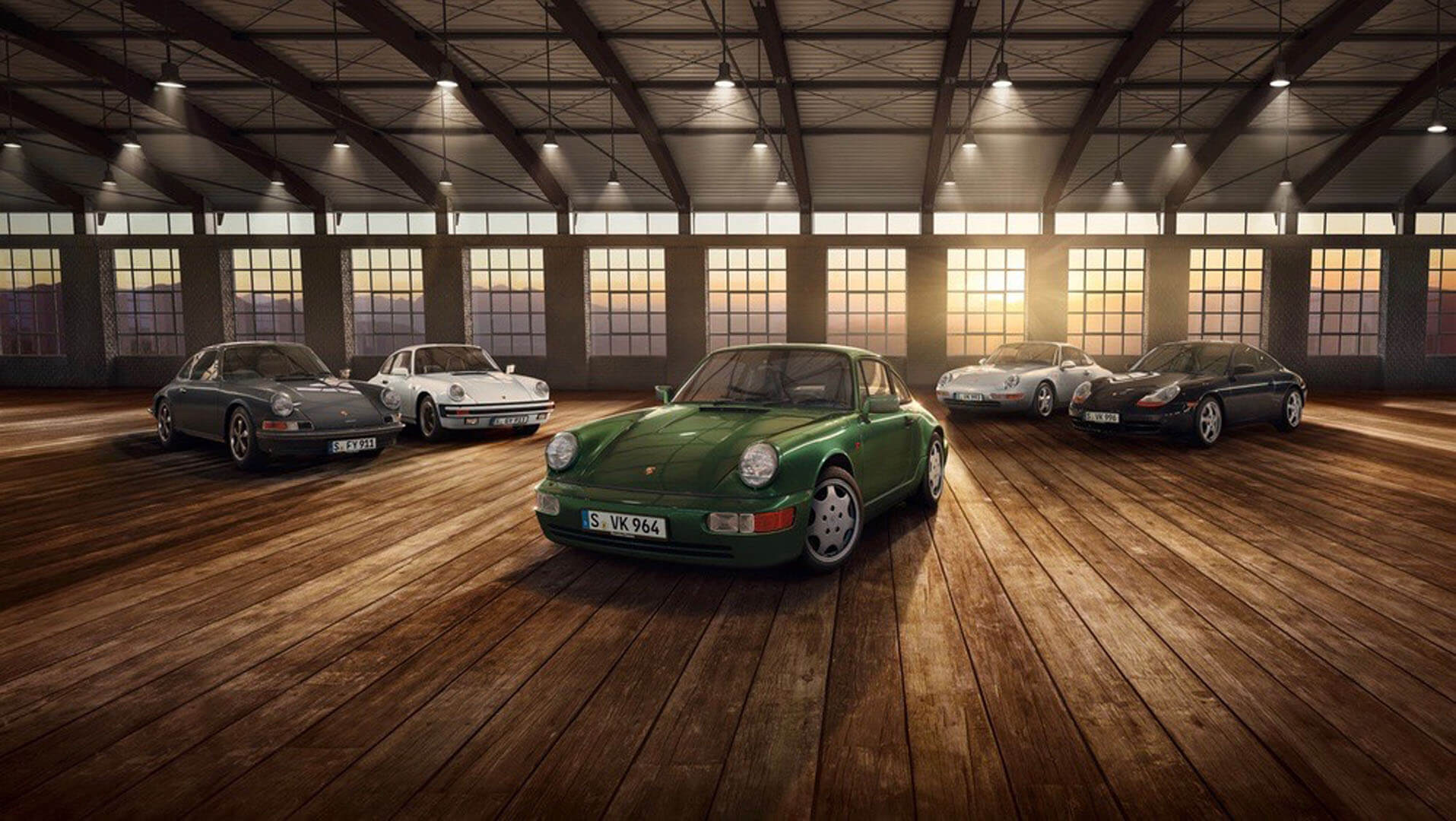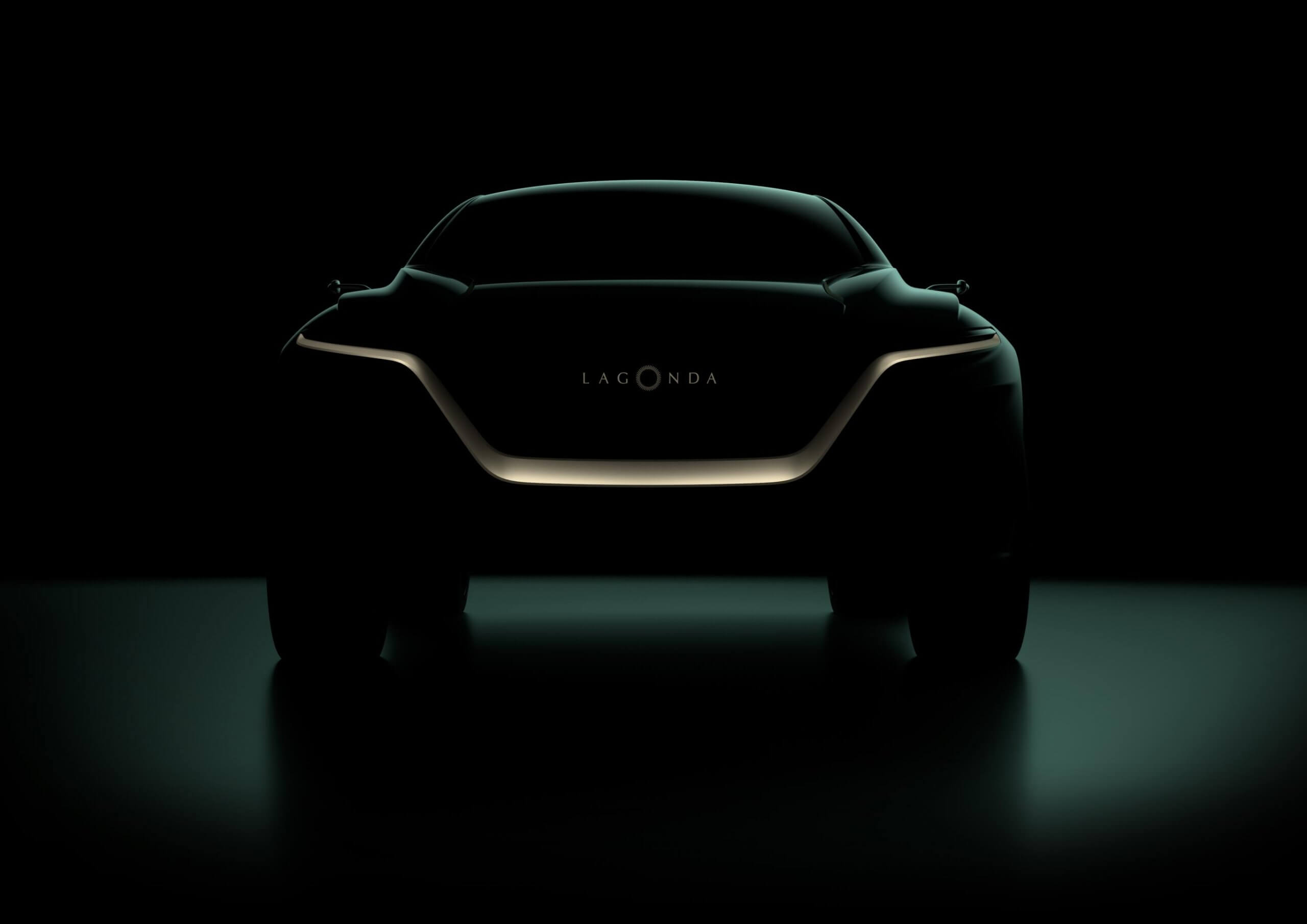Overview
For decades the Ferrari road cars lagged behind the Porsche 911 in one significant area, and it had nothing to do with speed. They were simply not suited to everyday use in all conditions. Fragile and unreliable, they were fantastic when everything worked, and nasty like the plague when broken down. Ferrari aimed to change that perception with the introduction of the F430 in 2004. The car shared the basics of its body layout with its predecessor, the 360, but was greatly improved.
The engine shared its block casting with the then-current Maserati V8 (that was the F136 family of engines), but the heads of the 90-degree V8 with a capacity of 4308 cc were bespoke, with four valves per cylinder. There was a chain camshaft drive instead of more maintenance-intensive belts. The engine was happy to rev past 8500 rpm, and was pretty much unburstable, as long as service schedules were adhered to. The car sported a new gimmick, called the Manettino, a special switch on the steering wheel with which the driver could adjust damping, shifting speed, engine mapping and stability systems. The new E-diff with an electronically controlled clutch was able to direct the torque to the wheel with more traction, thus improving Fiorano lap times by 3 seconds due to the F430’s better controllability.
I drove the car for the first time in Maranello when it was still in production, and pretty much the first thing I did was race an equally yellow Ducati motorcycle up a mountain road with numerous switchbacks. The car felt alive, immensely responsive, and, what is most important, very friendly. The steering was sublime, and the normally aspirated engine responded immediately, making it possible to delicately steer the car on the throttle. The sound was, and is, magnificent, and the view in the rearview mirror must be one of the best in the automotive world. There is some trunk space in the front, albeit less than in a 911. Yes, its practicality is limited, but this is a car which can make any errand seem like a momentous occasion.
With all new Ferraris turbocharged now, the really good ones with no forced induction are gaining in popularity and price. Now is a good time to bag a good F430 and then drive it every day. The experience cannot be replicated: true, the 488GTB may be faster in all circumstances, but the linearity of response is the F430’s forte, and not turbocharged car can match it. Owning one will make a real car enthusiast very happy.

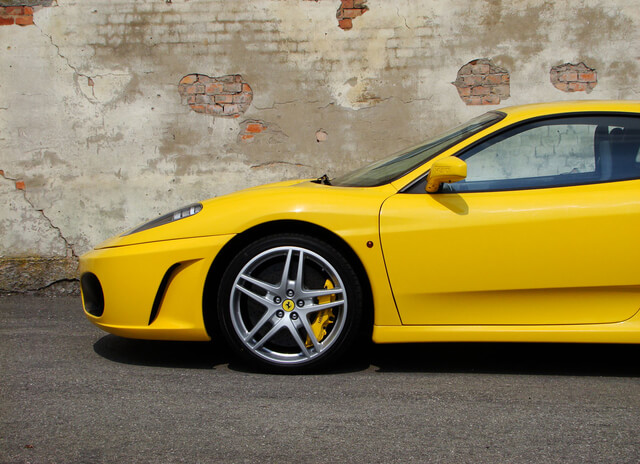
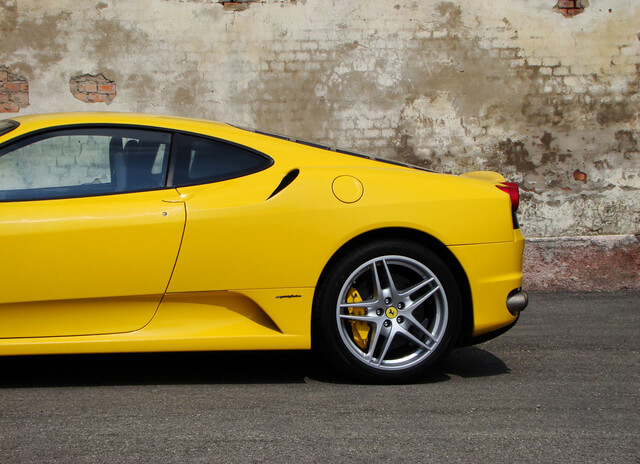
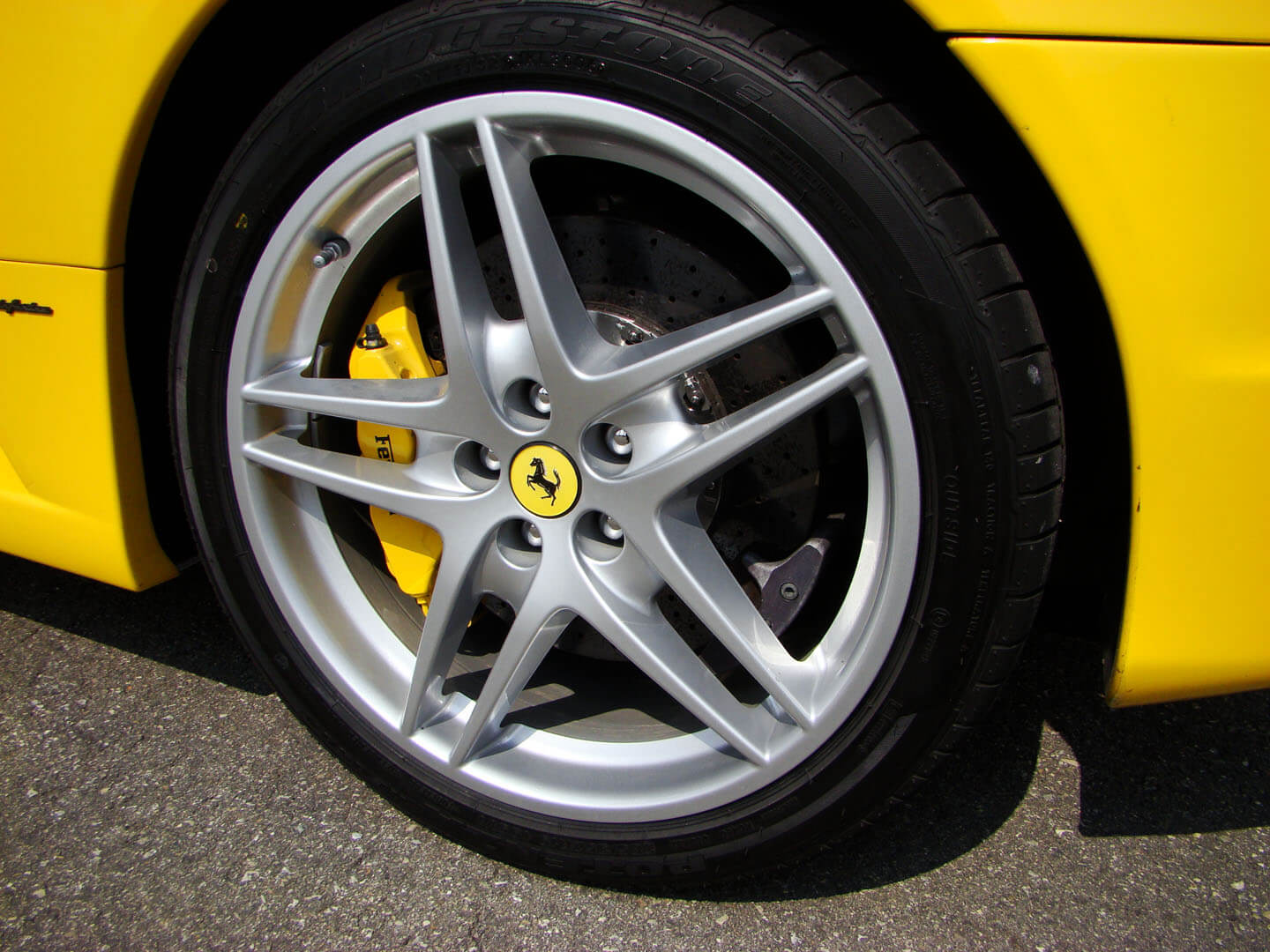
Engine
The engine develops 490 hp or 510 hp in Scuderia form. The key to longevity is a religious adherence to the maintenance schedule. Cars which are stored for long periods may require more work than cars which run regularly and have a higher mileage. Engine rebuilds are expensive, so try to avoid one.
The car MUST BE serviced annually, regardless of mileage. The battery should not be allowed to drain (remember to replace it when needed, and use a trickle charger) as a flat battery can lead to major problems with ECU-based systems which control the engine, gearbox, chassis and onboard electrics. Original or high-grade original-equivalent parts should only be used.

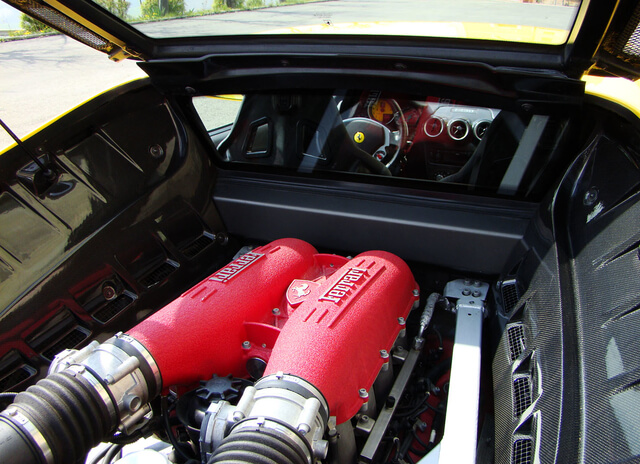
Gearbox
90% of all Ferrari F430 cars were built by the factory with the automated F1 gearbox. Very early cars had weak hydraulic pumps, this was later rectified. There is a tendency for those pumps to fail, and they operate the F1 system and the E-diff. Check when the pump was last replaced. The clutch on F1 cars will last between 15,000 km and 40,000 km (the latter if you’re lucky and the car does not do a lot of start-stop driving and low=speed maneuvering. The clutch on 6-speed manual cars will generally last longer. Either way, clutch replacement is a big and expensive job.
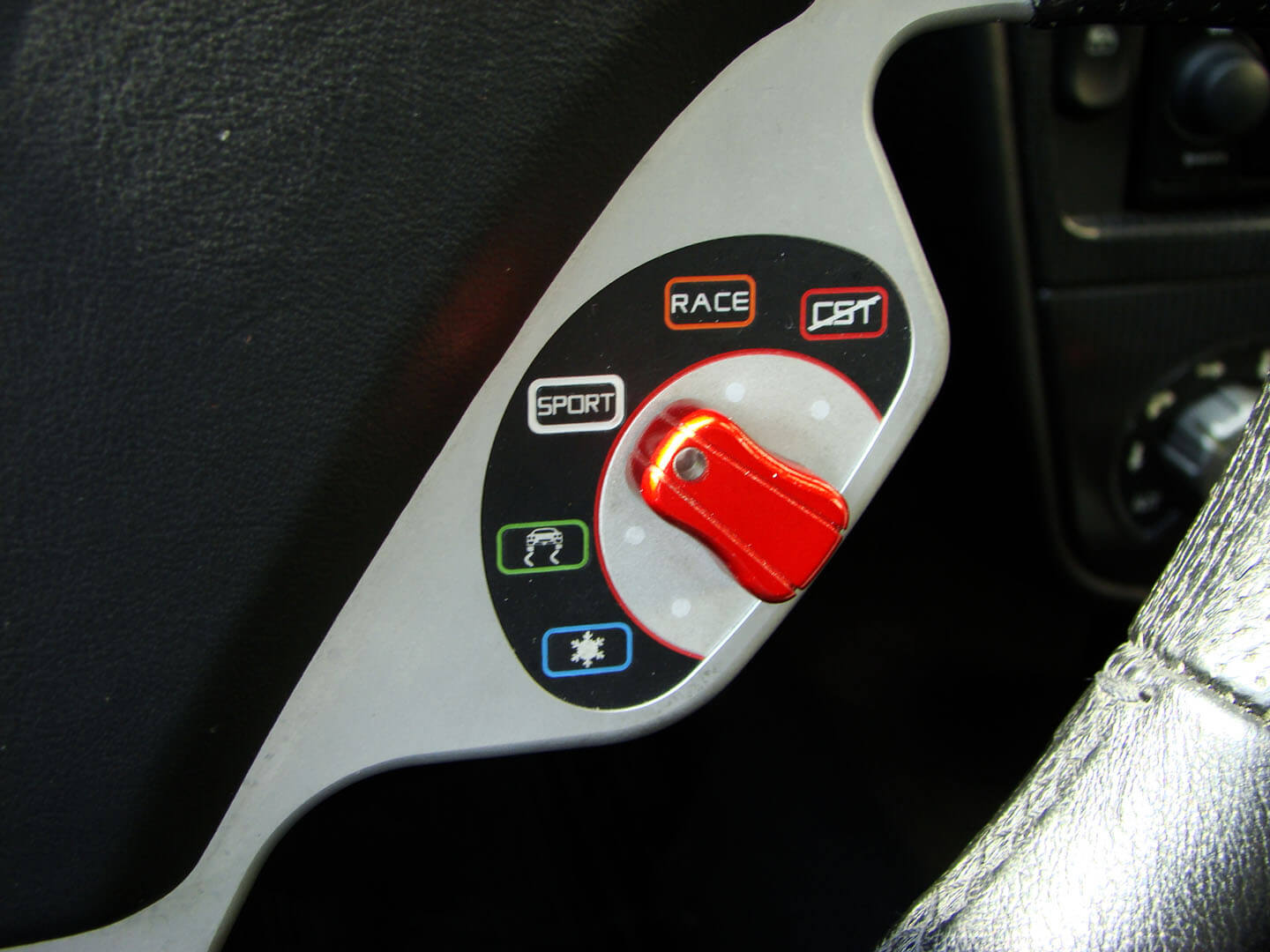

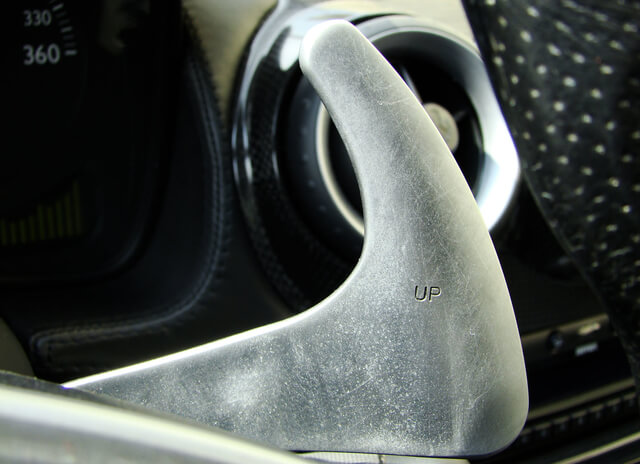
Chassis
The chassis needs regular checkups, and especially all the spherical bearings which make the car handle badly when worn. Some people replace the factory NMB bearings with other types which are said to better resist wear. Lift the car and look for signs of accident repairs on the expensive suspension parts. This chassis only works well when it’s in perfect condition, so don’t try to save money in this area.

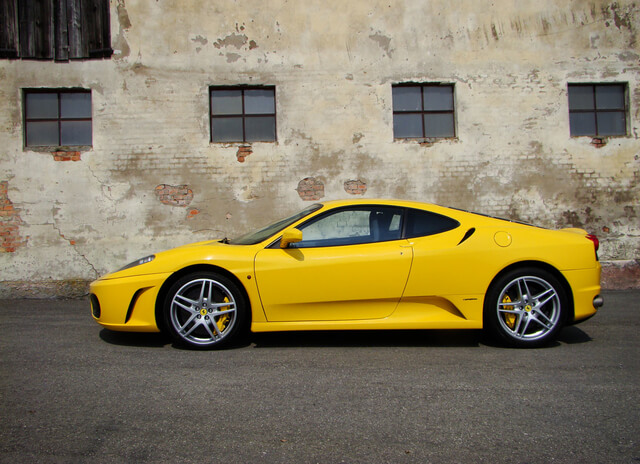

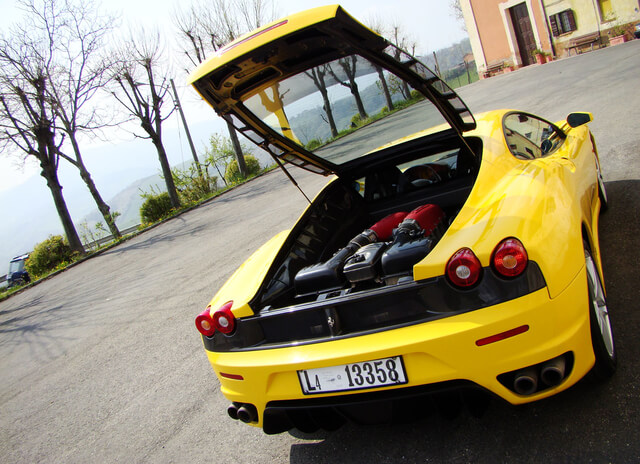
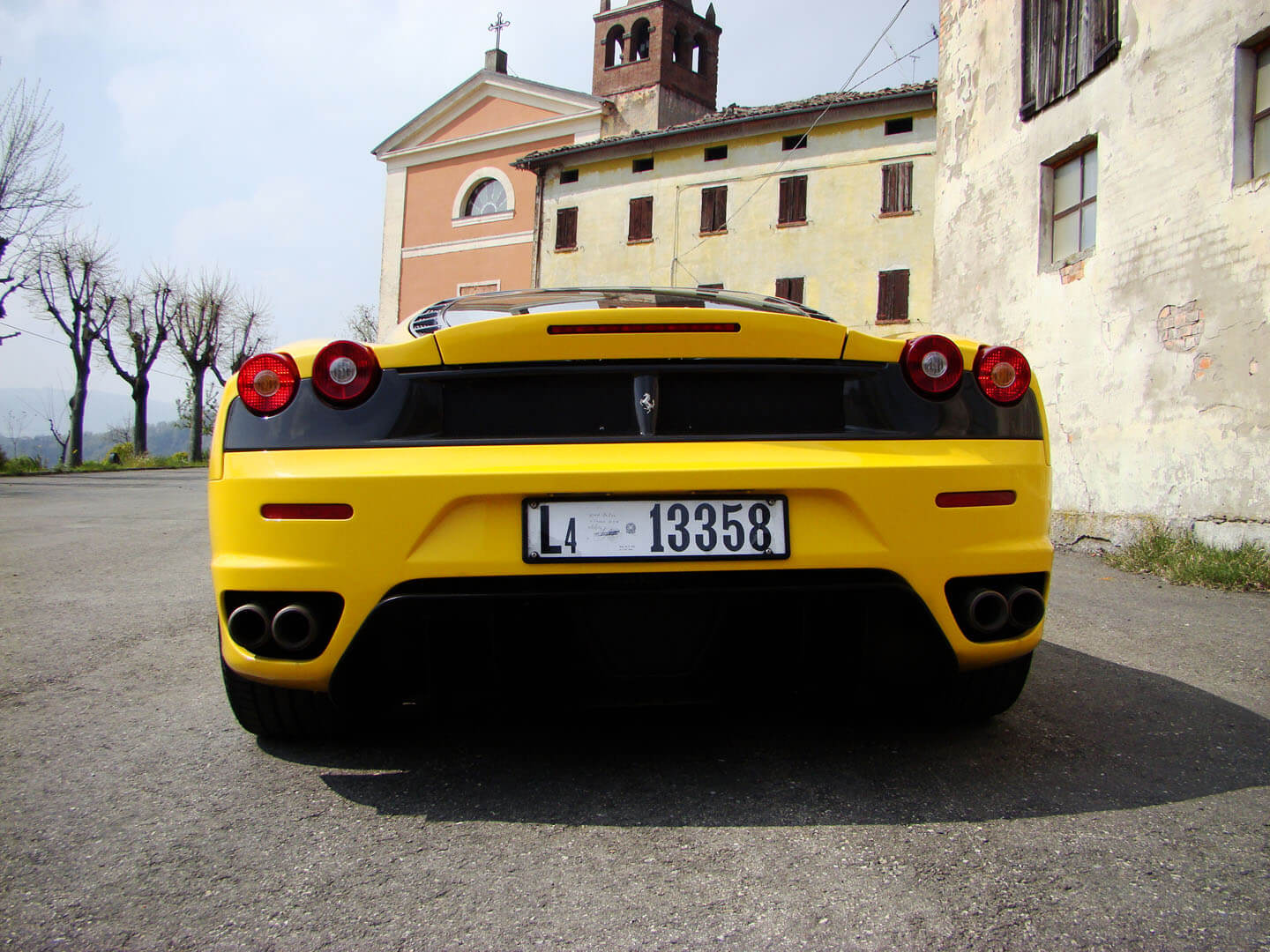
Bodywork
Check for marks and parking dings, and for accident damage. Any panel misalignment should make you suspicious. Wear marks on the Spider soft top may mean it needs replacing. Check the electric roof folding mechanism for smooth operation. Check for stone damage on the nose of the car, and ask whether it has been repainted. The factory color ID is a sticker affixed under the trunk cover.
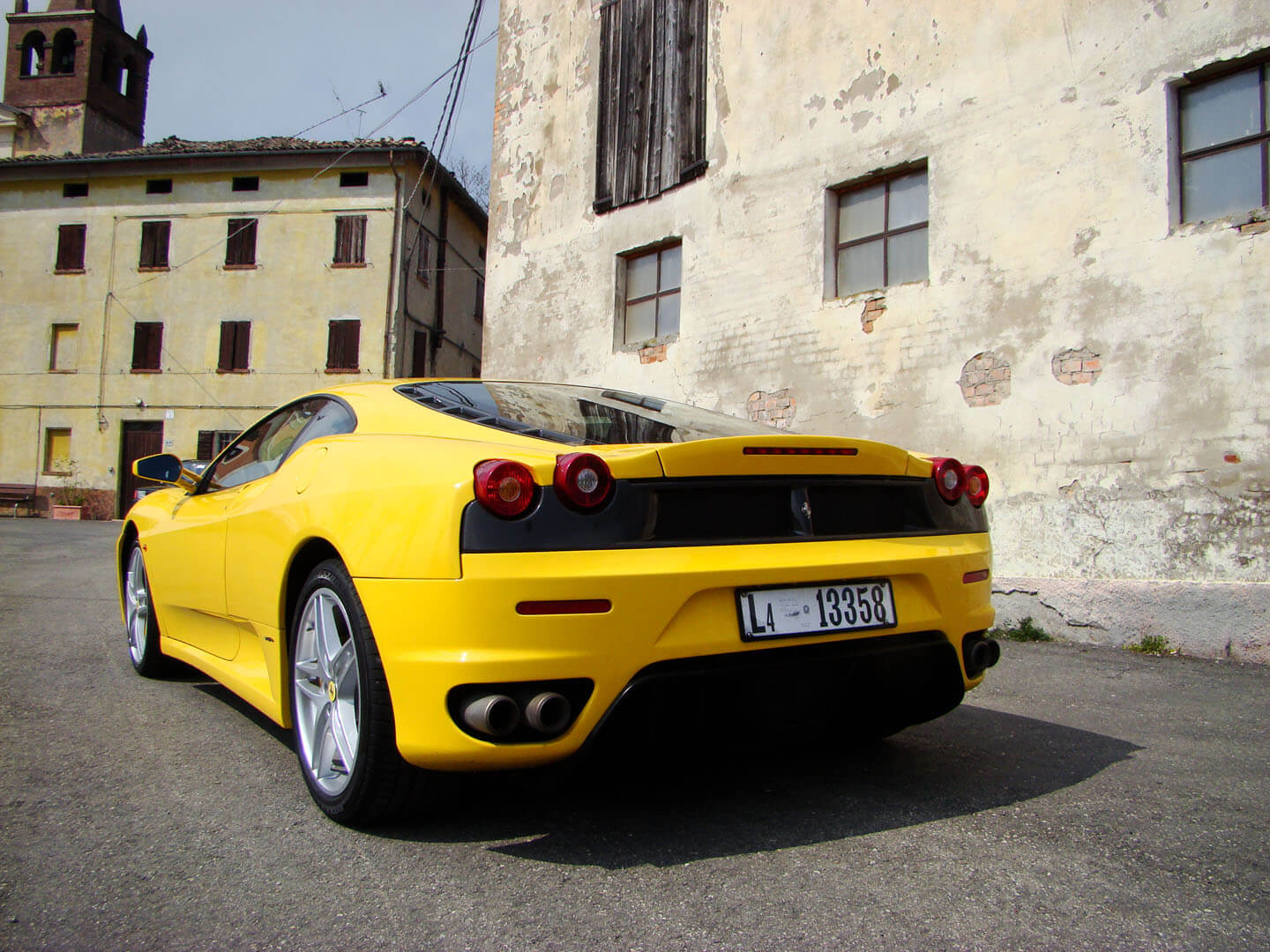
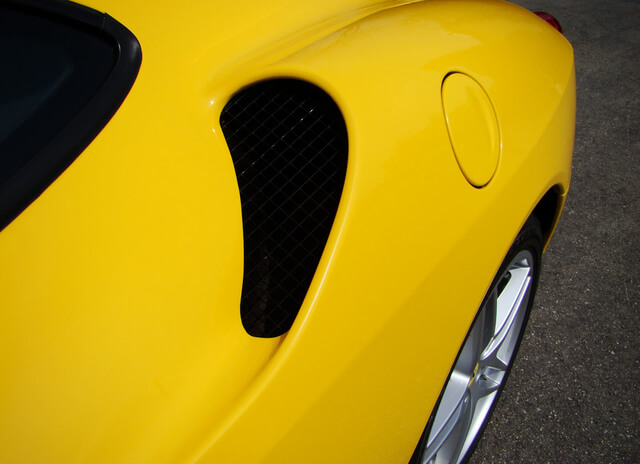
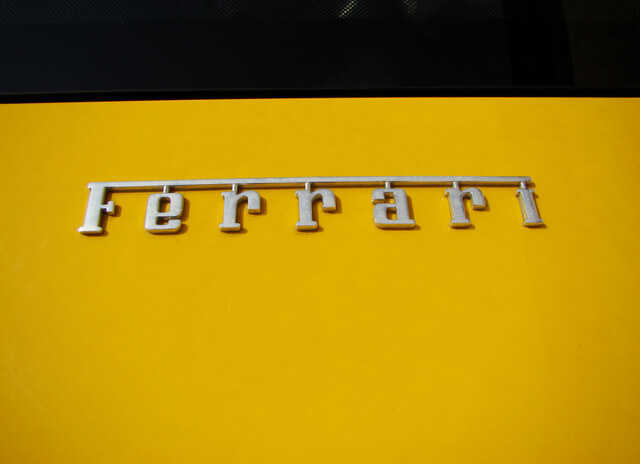
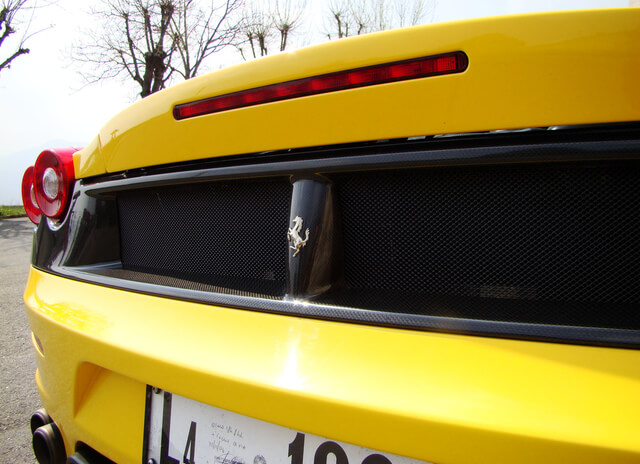
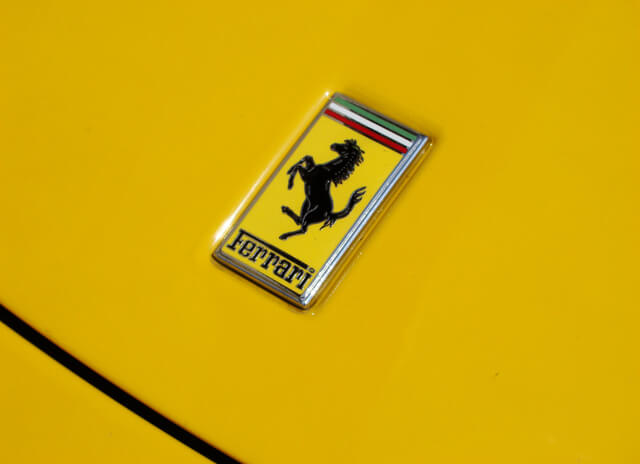
Interior
Look for parts which do not fit which may indicate concealed accident damage. Some plastics do not age well. Be sure to check all switches for correct functions, and the seats for wear.
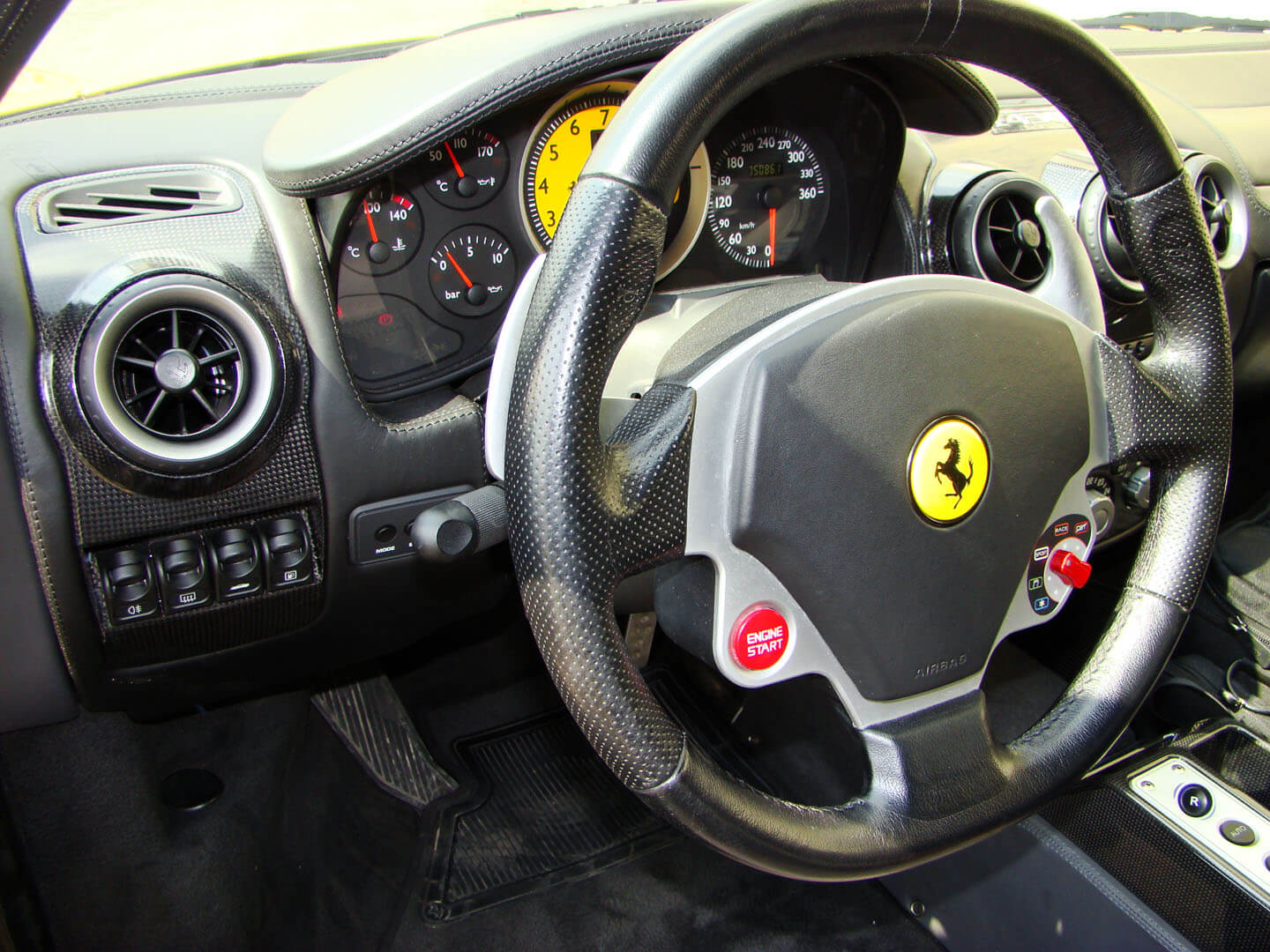
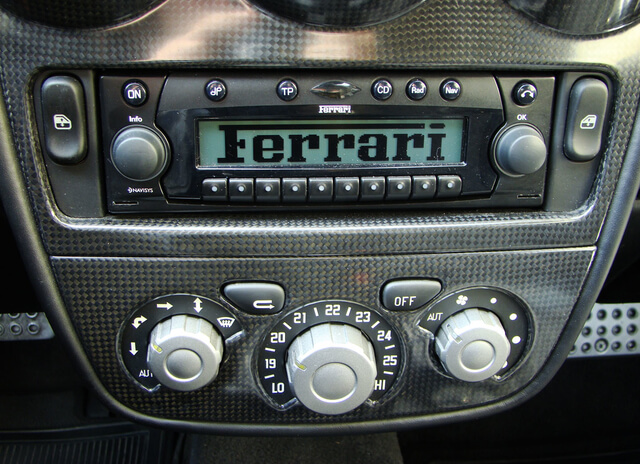



The Story
2004: model launched
2005: Spider launched, F430 Challenge launched
2007: Scuderia unveiled, honed with Michael Schumacher’s considerable involvement
2008: Scuderia Spider 16M built, delivered only to preselected clients
2009: last unit built
Specification
Ferrari F430
Power 490 hp
Top speed 315 km/h
0-100 km/h 3.8 s
Economy 15.2 l/100 km
The DRIVERSHALL Verdict
Walk away from anything that has been in an accident. Walk away from cars whose vendors are vague about their origins and have no maintenance records. The required repairs will kill you financially! A properly maintained car with no gaps in its records is a safe bet, but a visit to a specialist is crucial: ask one to look over the car for you. If the vendor is unhappy about that, walk away, too. A regular 430 is tremendous fun to drive, but the Scuderia is a revelation; thanks to Michael Schumacher’s input, the Manettino enables the adjustment of the engine and gearbox maps separately from the suspension settings, and it’s thus possible to glide over an uneven road, in the rain, at uncanny speeds. One of the best mid-engined cars ever made, period. If you can afford one, buy it and enjoy it.
